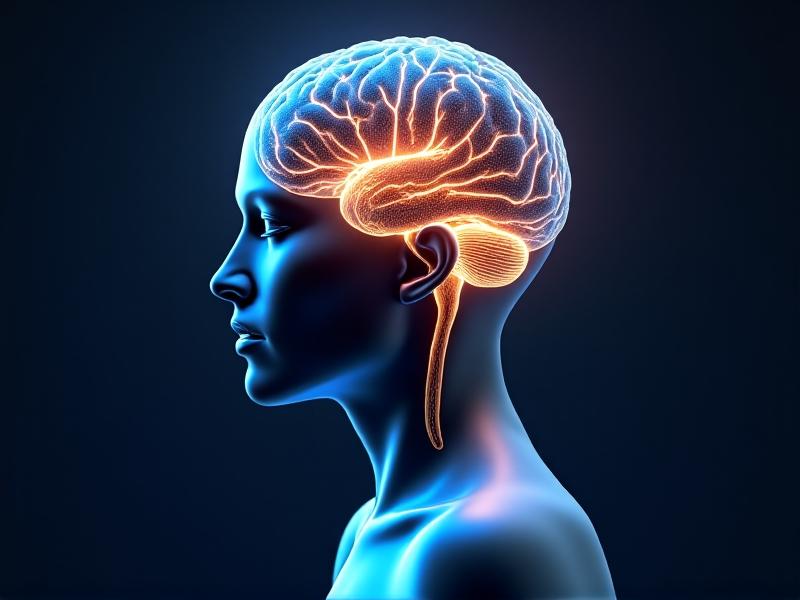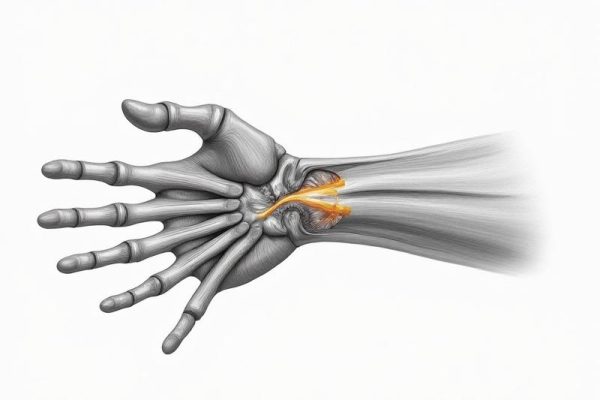```html
Understanding the Hidden Impact of Posture on Daily Life

Posture isn’t just about standing tall; it’s a silent language that communicates confidence, influences physical health, and shapes how we interact with the world. From the way we cradle our phones to the hours spent hunched over desks, modern habits often sabotage natural alignment. The consequences extend beyond back pain: poor posture can impair digestion, reduce lung capacity, and even dampen mood. Yet, correcting it isn’t as simple as “sitting up straight.” Postural awareness training shifts the focus from rigid rules to mindful, automatic adjustments—transforming how we move, work, and live.
What Is Postural Awareness Training? Beyond the Basics

Postural awareness training is a proactive approach to aligning the body through intentional habit-building. Unlike traditional posture correction, which often relies on braces or reminders, this method teaches the brain to recognize misalignment in real time. It blends principles from somatics, ergonomics, and mindfulness to create a sustainable feedback loop. For example, instead of forcing shoulders back, trainees learn to sense when tension creeps into their trapezius muscles during computer work. Over time, these micro-adjustments become reflexive—akin to how a pianist learns to play without staring at the keys.
The Neuroscience of Habit Formation: Rewiring Your Posture

Every time you correct your posture, you’re strengthening neural pathways associated with body awareness. The basal ganglia, a brain region critical for habit formation, gradually encodes these adjustments into automatic behaviors. Studies show that consistent practice—such as checking alignment while brushing your teeth—can solidify new habits in as little as three weeks. This process, called myelination, insulates neural circuits, making them faster and more efficient. The key is repetition in varied contexts: practicing at your desk, in the car, or while walking ensures the habit becomes context-independent.
Practical Techniques to Build Unconscious Postural Intelligence

Start with “posture anchors”—routine actions that trigger a body scan. For instance, every time you send an email, pause to assess your seat bones’ contact with the chair. Pair this with tactile cues: a small pillow behind the lumbar spine or textured tape on your phone case can serve as physical reminders. Incorporate micro-breaks: set a timer for every 25 minutes to reset your alignment. Over days, these deliberate acts reduce cognitive load, freeing mental space for tasks while maintaining effortless poise.
Seamlessly Integrating Posture Checks into Everyday Routines
Embed posture awareness into existing habits. While waiting for coffee to brew, practice grounding your feet evenly. During video calls, use your reflection on the screen to monitor neck position. Even scrolling social media can become a cue to roll your shoulders back. The goal isn’t perfection but progressive integration, turning sporadic checks into a fluid dialogue between mind and body. This strategy mirrors how elite athletes maintain form—not through constant effort, but ingrained muscle memory.
Leveraging Technology Without Losing the Human Touch
Wearables like posture-correcting wearables or smartphone apps can provide valuable feedback, but they’re most effective when used as training wheels, not crutches. For example, a device that vibrates when you slouch helps build initial awareness. However, gradually reduce reliance by noting how your body feels before the alert triggers. Pair tech with low-fi methods: voice memos recording personalized cues or ambient sounds that prompt relaxation. The intersection of innovation and intuition keeps the process human-centered.
Navigating Common Roadblocks: From Frustration to Fluency
Plateaus are inevitable. When progress stalls, revisit your “why”—maybe reduced headaches or greater stamina during hikes. Adjust strategies: if hourly reminders feel annoying, switch to activity-based triggers. Celebrate subtle wins, like noticing tension sooner. Social support also matters: enlist a friend for mutual check-ins. Remember, setbacks aren’t failures but data points refining your approach.
The Lifelong Benefits of Effortless Postural Mastery
Beyond avoiding pain, automatic postural awareness enhances presence in conversations, amplifies workout efficiency, and even projects confidence in professional settings. Over years, it reduces joint wear, improves balance, and supports emotional resilience—since upright postures correlate with lower stress hormones. Like learning a language, it eventually becomes second nature, a lifelong asset built one mindful moment at a time.




